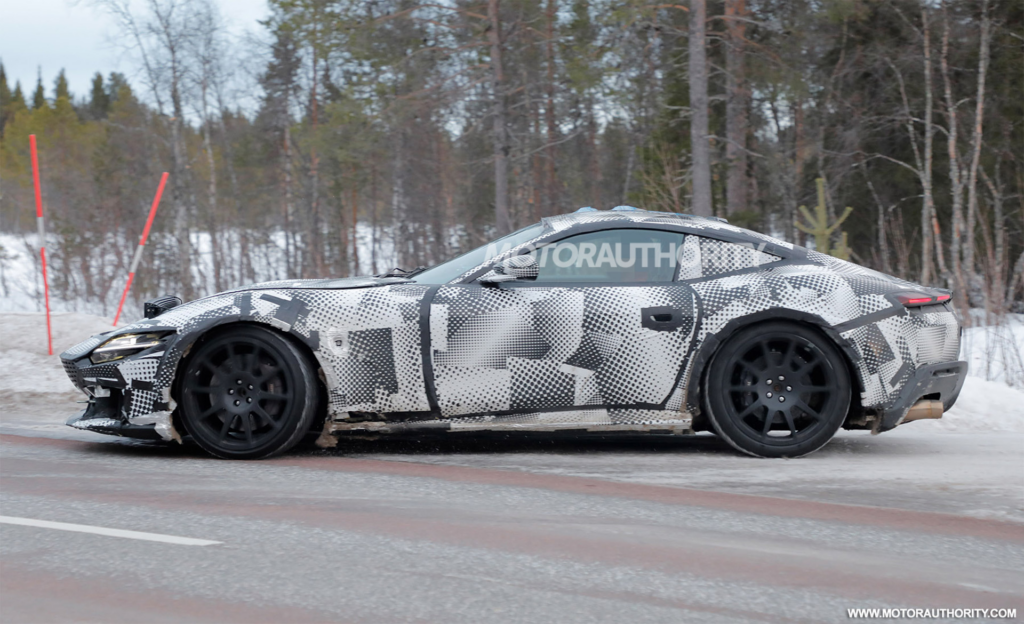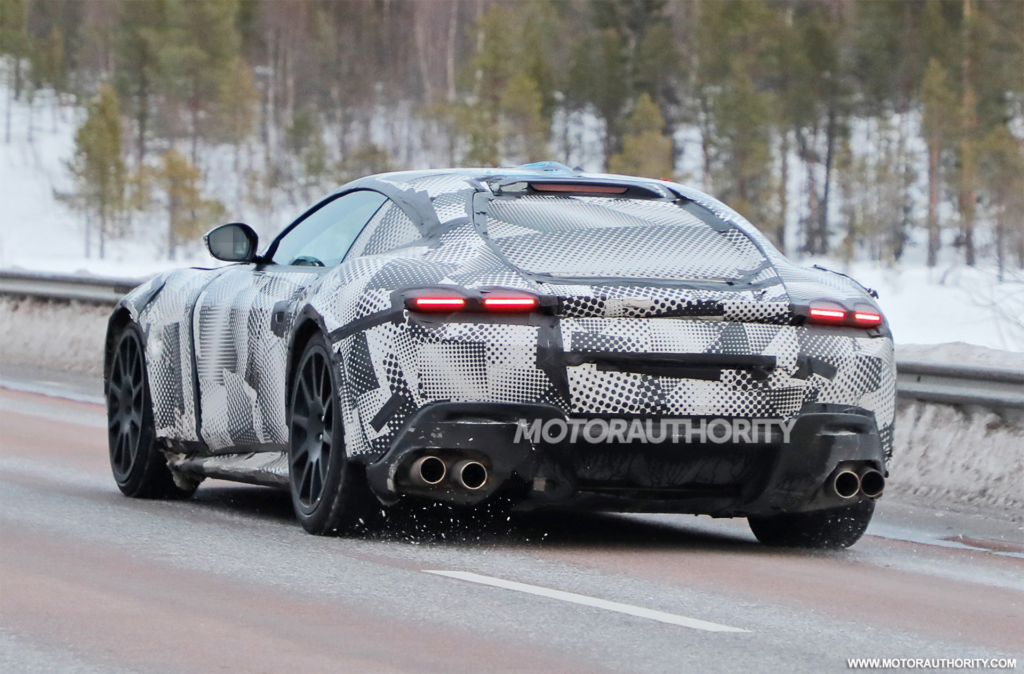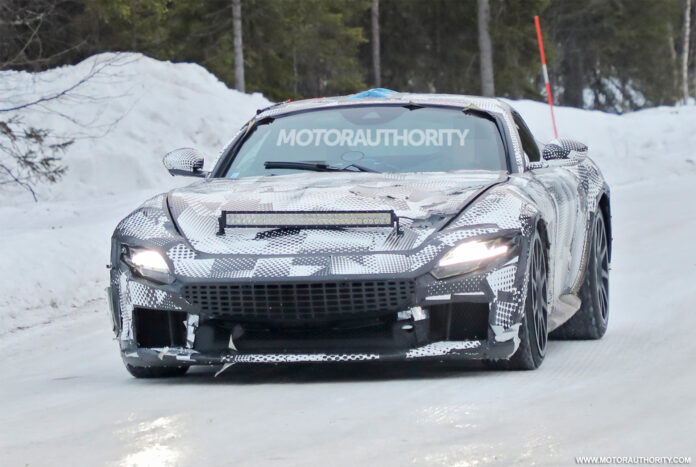It seems like Ferrari is pushing the boundaries yet again, ensuring its front-engined V-12 legacy remains alive and thrilling. The decision to test under a camouflaged Roma is an interesting one. Brands like Ferrari often use mules, existing vehicles modified to test new mechanical components, to trial new technologies before implementing them into the final design. This allows them to test new systems without giving away the exterior design of the new model.

Top key points of Ferrari 812 successor:
- V12 engine: The 812 successor will likely be powered by a V12 engine, possibly the same 6.5-litre V12 that debuted in the Purosangue SUV.
- Hybrid version: It is possible that Ferrari will offer a hybrid version of the 812 successor as well.
- New platform: The 812 successor will ride on Ferrari’s newest platform for front-midship cars, which is more versatile and adaptable than previous Ferrari platforms.
- Debut date: The 812 successor is likely to make its world debut in 2024 or early 2025.

Some key takeaways and speculations:
- Legacy of the V-12: The V-12 engine has always been part of Ferrari’s DNA, right from the early days of the brand. Maintaining this legacy, especially in the face of tightening emission regulations and the shift towards electrification, shows the brand’s commitment to its heritage.
- Electrification: The auto industry is increasingly shifting towards hybrid and electric technologies. Given Ferrari’s recent ventures, like the SF90 Stradale – a plug-in hybrid with a V8 – it’s conceivable that the successor to the 812 might feature some form of hybrid system, either to boost performance or to help meet regulatory standards.
- Performance Expectations: The progression from the F12 Berlinetta to the 812 Superfast saw significant performance enhancements. If the 812’s successor uses the new 6.5-litre V-12 from the Purosangue and takes cues from the 812 Competizione, we can expect a substantial performance figure, potentially exceeding 819 hp.
- Versatility of the Platform: The new platform’s adaptability suggests that Ferrari is planning for a diverse future lineup. The mention of all-wheel drive and hybrid technology means that we could see variants that are not just performance-oriented but also aimed at a more diverse clientele and varying road conditions.
- Release Timeline: Based on the data given, it sounds like we’re nearing the point where a concept or prototype of the new vehicle might emerge, with the official release in 2024 or 2025. Auto shows in the next couple of years will be events to watch closely for any announcement from Ferrari.
This is exciting news for car enthusiasts and the Ferrari community. The brand’s willingness to evolve, while still retaining its core DNA, demonstrates a commitment to innovation and performance in an ever-changing automotive landscape.
Conclusion
Ferrari’s decision to potentially test the underpinnings of the 812 Superfast’s successor beneath a modified Roma reveals the brand’s innovative approach to safeguarding its design secrets while advancing its engineering prowess. With a storied legacy of V-12 engines, Ferrari showcases its commitment to this heritage, even as the global automotive landscape tilts toward electrification.
The potential integration of hybrid technology could strike a balance between retaining the exhilarating performance Ferrari is renowned for and complying with modern-day environmental and regulatory demands.
The versatility of the new platform indicates Ferrari is poised for a multifaceted future, catering to a broad spectrum of driving enthusiasts. As we approach the potential release years of 2024 or 2025, fans and industry watchers will keenly anticipate official announcements, underscoring Ferrari’s commitment to pushing boundaries and redefining automotive excellence.


































